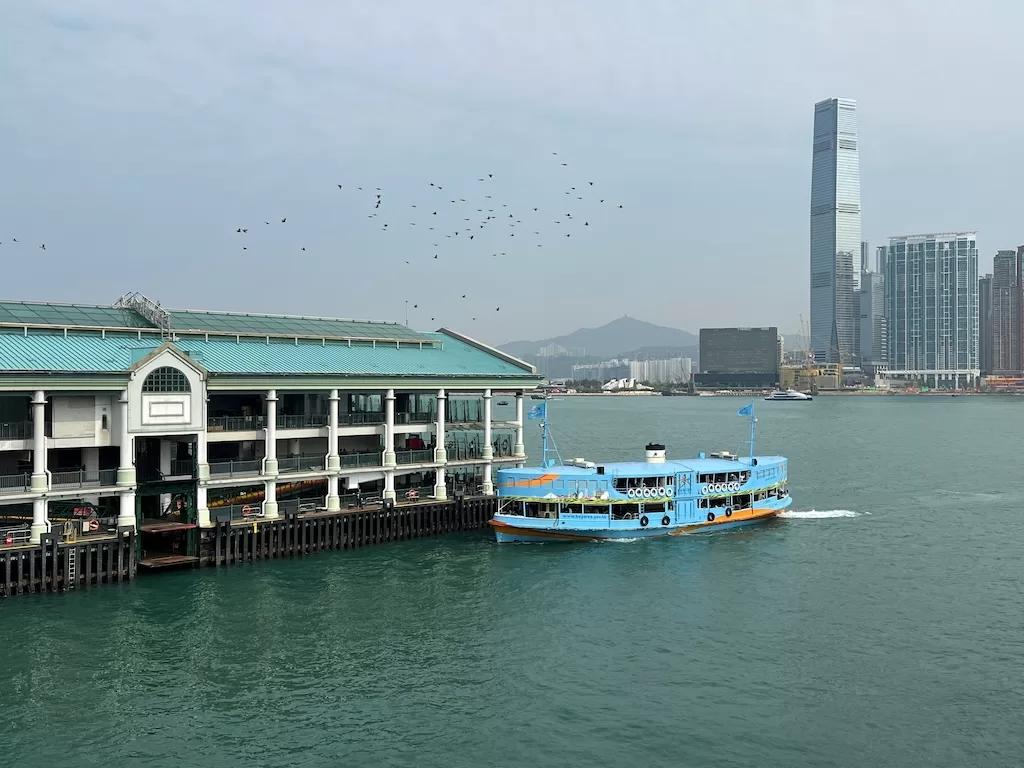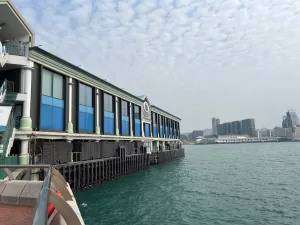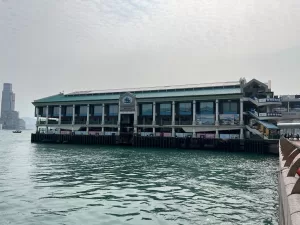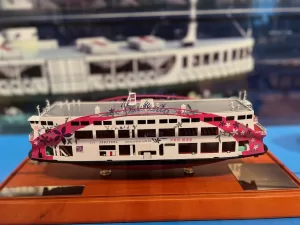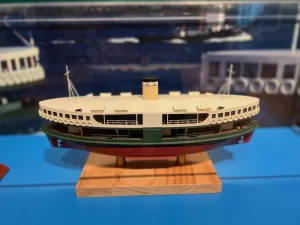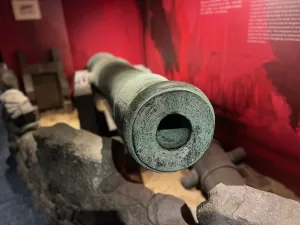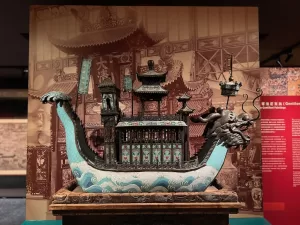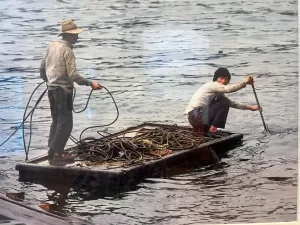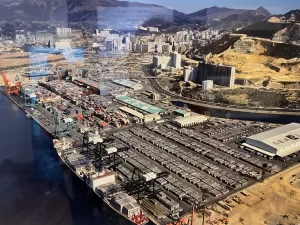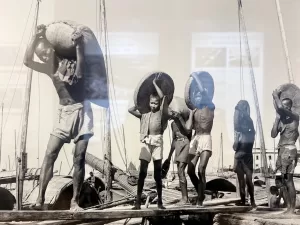The Hong Kong Maritime Museum
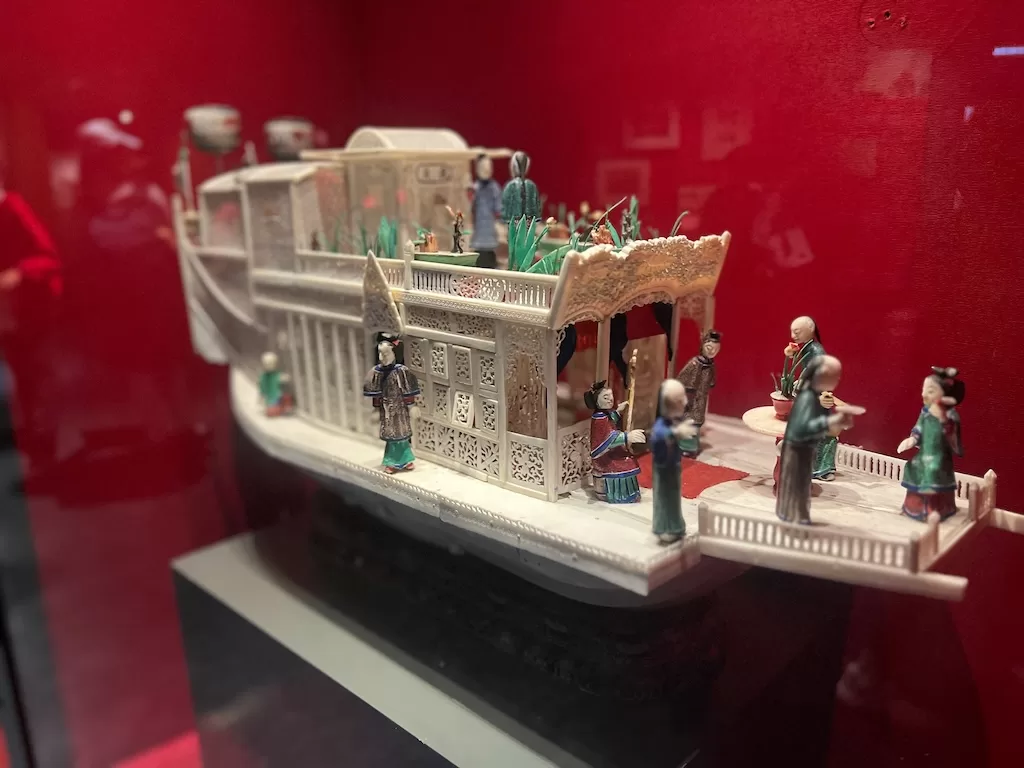
The Maritime Museum is perhaps the only private museum in Hong Kong, established and maintained with the support by various prominent persons and companies, such as the Wah Kwong shipping company and Swire. Its location at Central Pier No. 8 is a perfect alignment with its purpose.
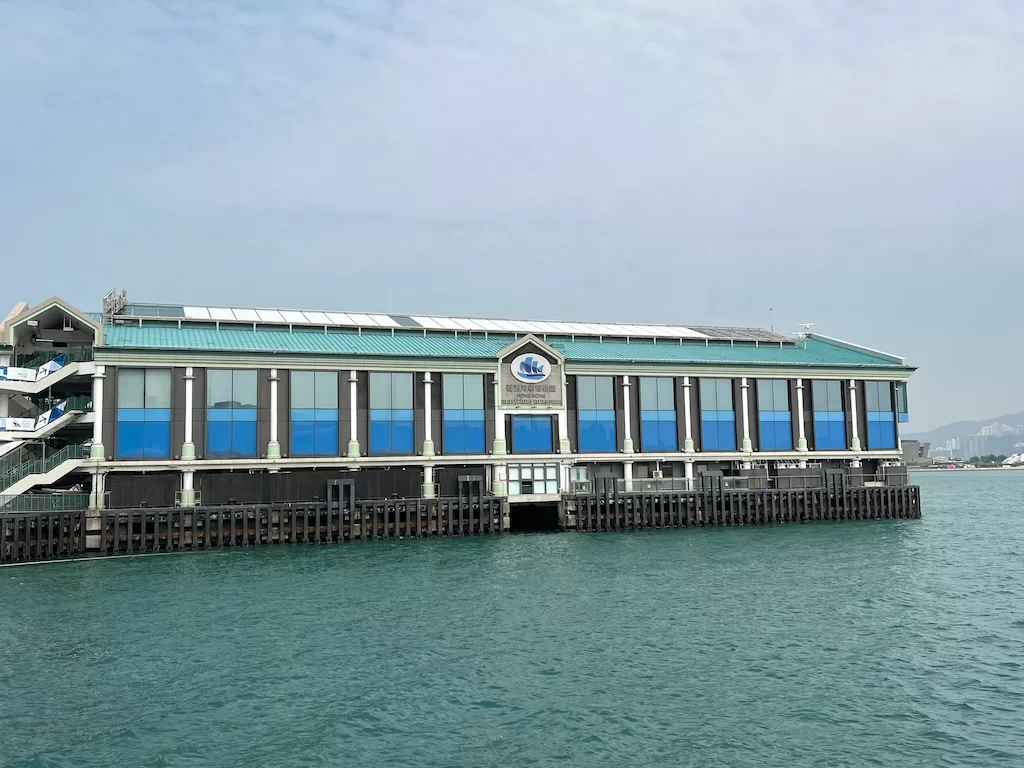
At Exhibit Hall B, which takes up the upper deck, visitors will come across great views of the Victoria Harbour and the skyline of Hong Kong Island. The atmosphere is woven in a perfect theme that makes it a great venue for education. Indeed, I saw large groups of school children touring the galleries, as well as participating in workshops in the activities room.
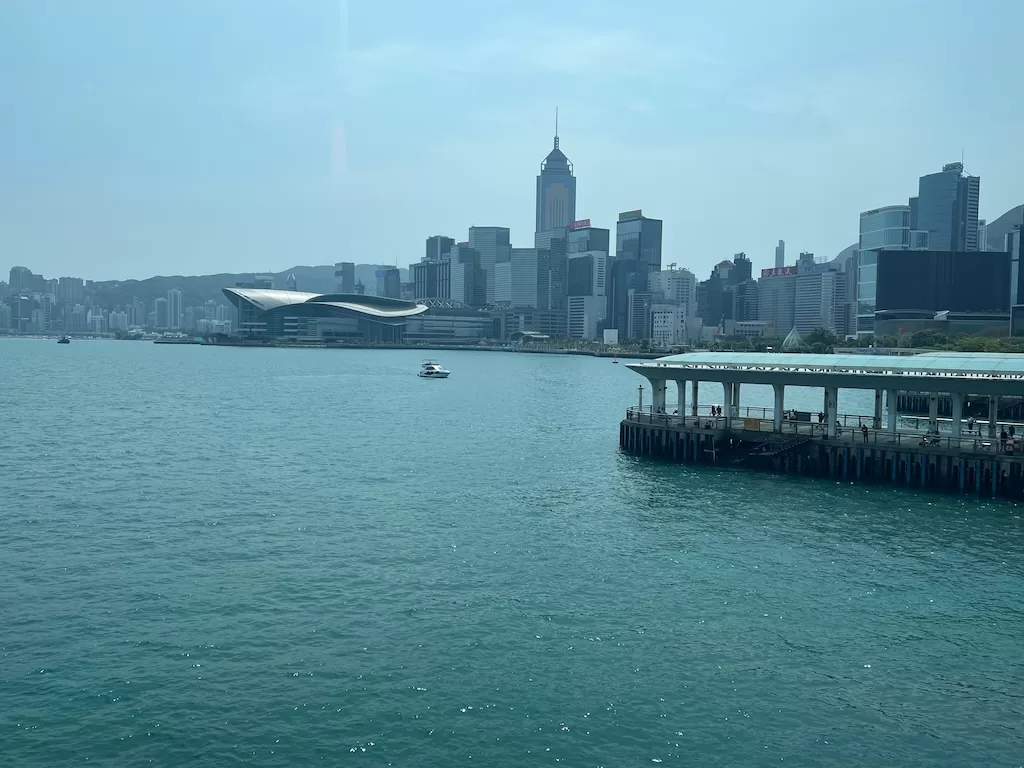
Adult tickets cost $30 per entry. All other types of concession tickets cost $15.
Some Exhibitions to Note at the Hong Kong Maritime Museum
The Maritime Museum features a few exhibitions over a few decks. Exhibit Halls B and C on China and Hong Kong’s maritime history are must-see collections. They show good snapshots of China and Hong Kong’s seafaring history in the past.

The exhibition on China’s maritime history was inspiring. Historical objects, be they actual relics or replica models of ancient vessels, induced a sense of appreciation with significant room for imagination.
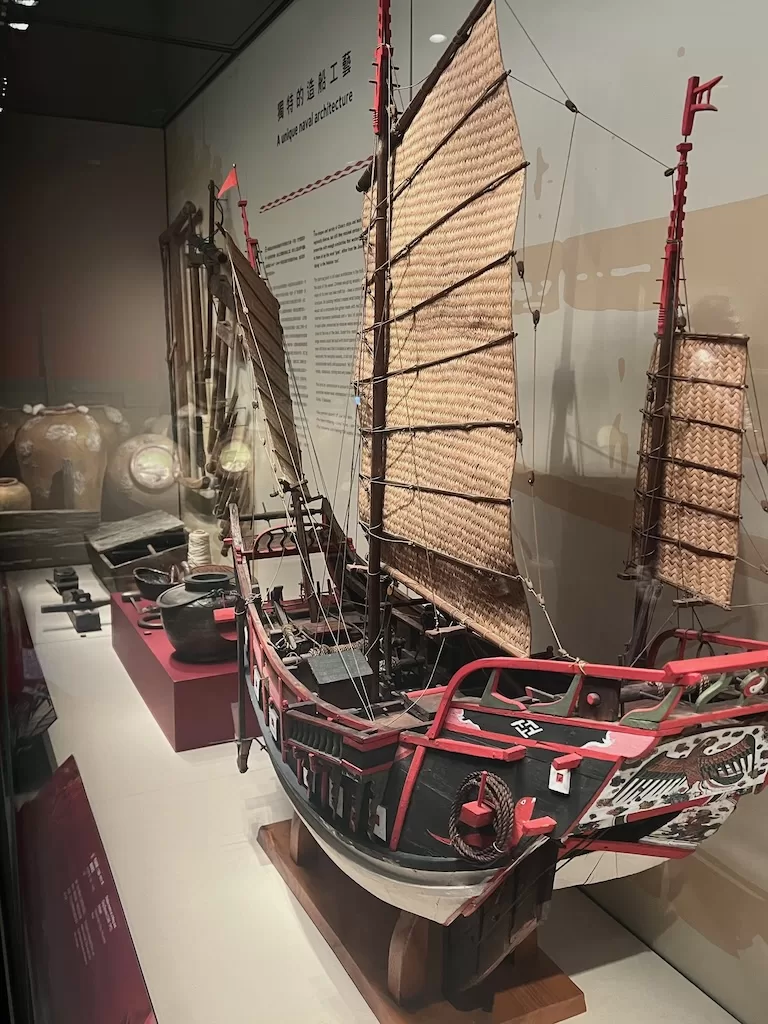
That said, the Hong Kong part of the exhibition presents a familiar picture of a much more modern time. Perhaps it is more factual and precise in terms of both the science and the history. The models of the Star Ferry can easily be everybody’s favorite.
China’s Maritime Heritage
China’s Maritime Heritage is a permanent exhibition at the Maritime Museum. I enjoyed this part of the museum the most. Located at Deck C, this gallery presents a brief walk-through of the history of China’s maritime development.
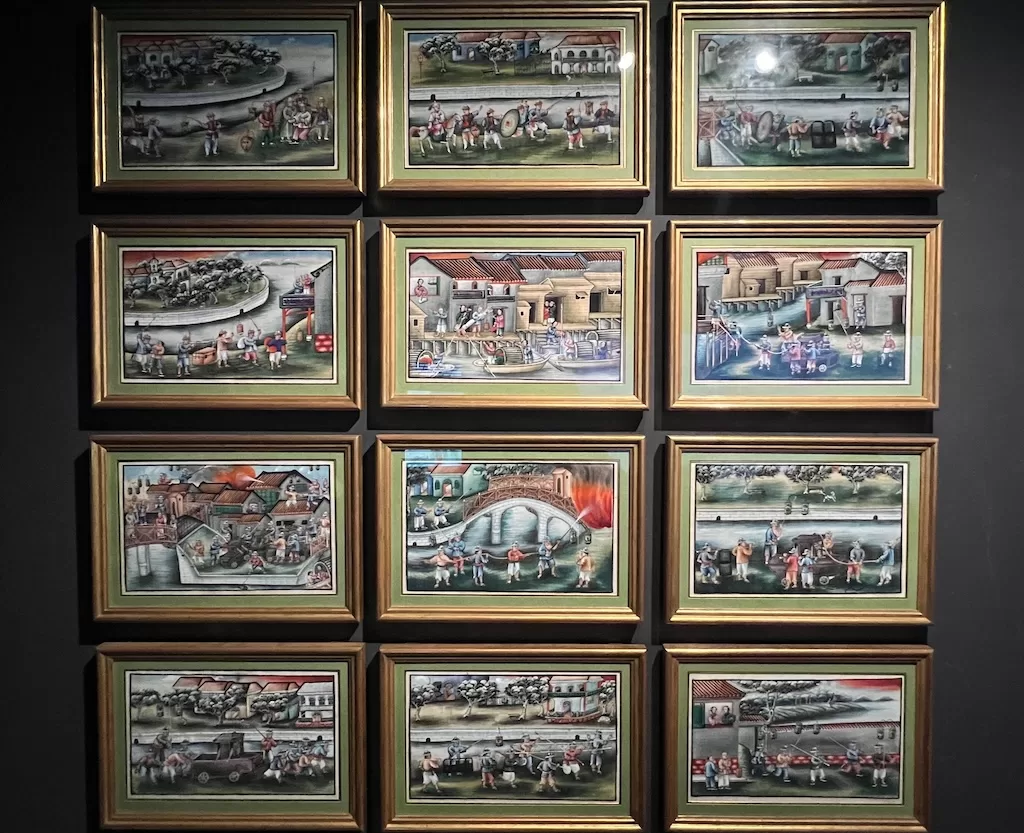
Various interesting narratives addressing the themes of sea trade, naval wars and piracy tell engaging aspects of maritime history with a light touch on the technicalities of ancient vessel construction.

I thought this exhibition presented excellent opportunities for visitors to learn about the various forces that gave rise to different natures of seafaring development in ancient China.
Hong Kong’s Maritime Heritage
The exhibition on Hong Kong’s maritime heritage was effective in a few significant ways. In terms of history, I enjoyed discussions of the various dockyards in Hong Kong. I had never known that Tamar, where the HKSAR Government Headquarters is located today, was a historical dockyard that began as a naval store and dockyard. The HMS Tamar was moored at Tamar and served as the operation venue of the British navy in this part of Hong Kong.
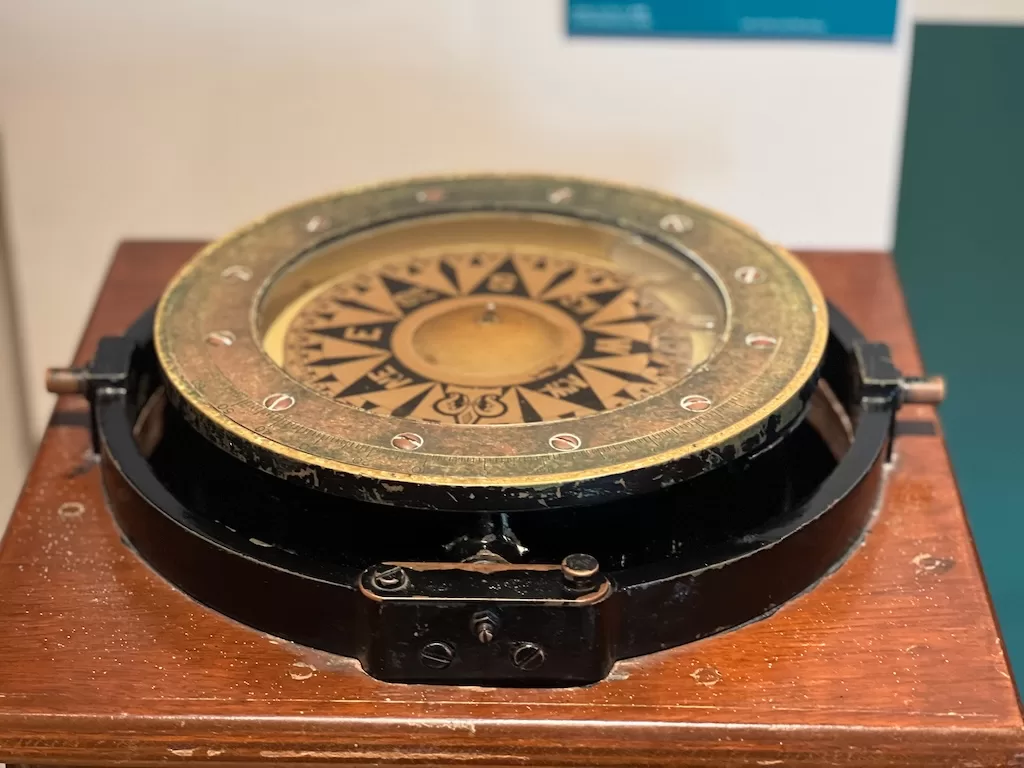
I thought the Hong Kong section of the museum was particularly successful in placing the overall narrative within Hong Kong’s character as a coastal city. Needless to say, large, world-famous cargo ships were the very lifelines of Hong Kong’s economy.
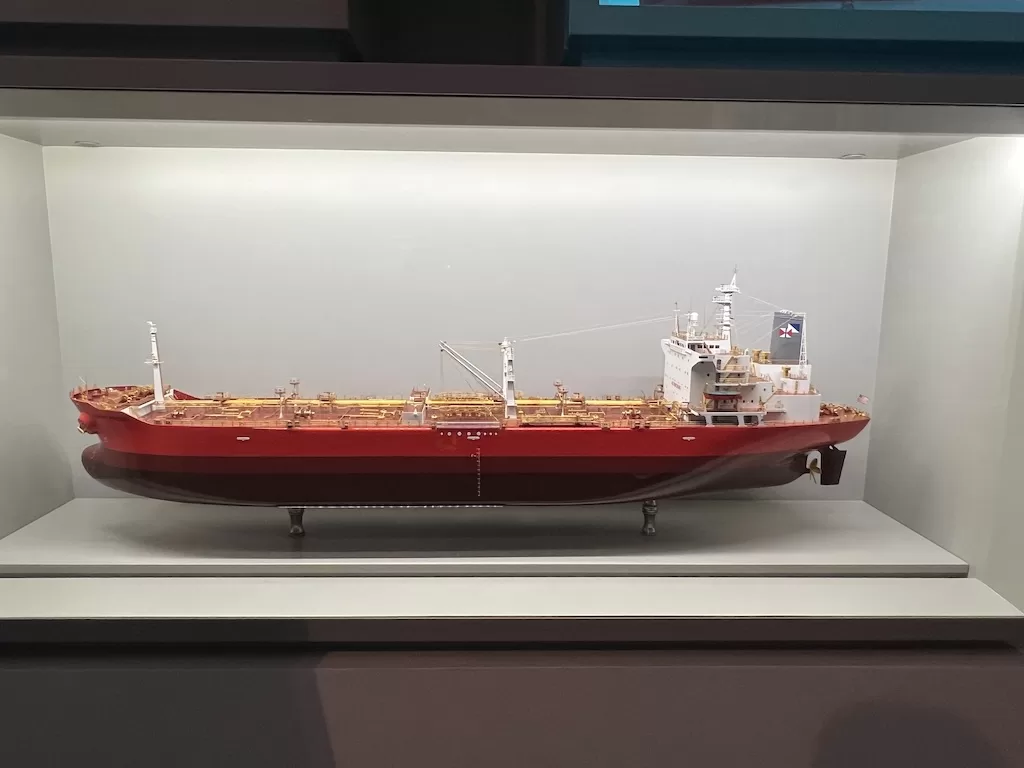
But social history was presented as a key concern in the exhibition as well. Various critical infrastructures were built to address the disasters that typically menaced Hong Kong, in particular the typhoon shelters for the fishing community. The history of refugees coming from China and Vietnam by sea was also discussed.
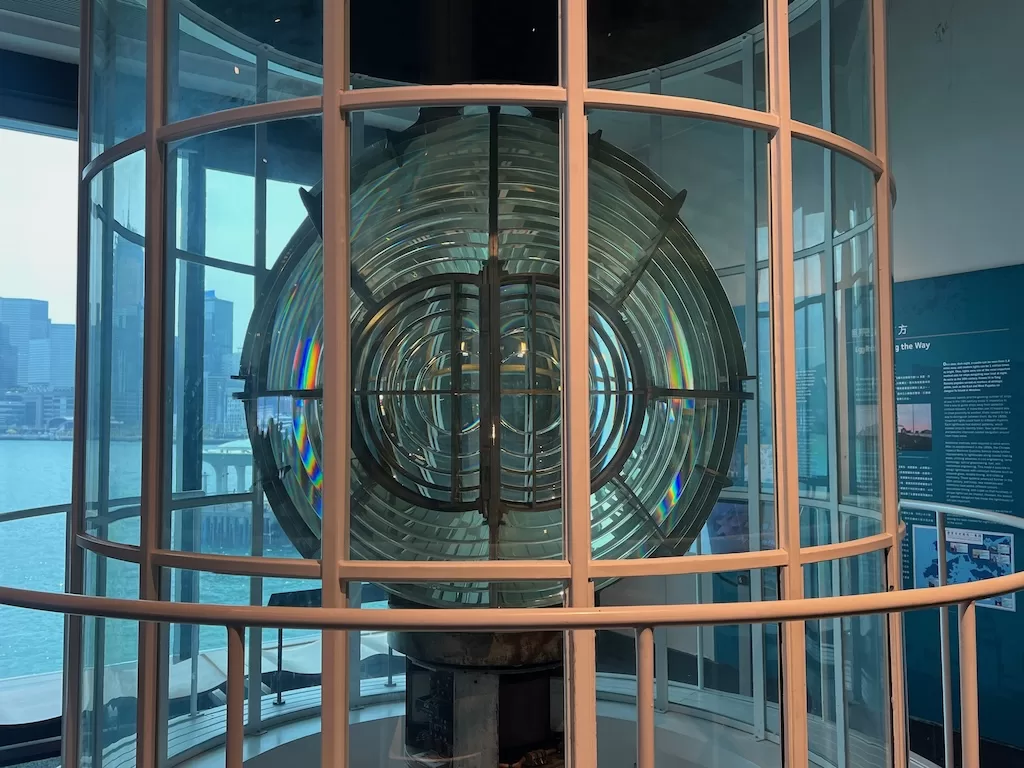
Finally, the “save the harbour” effort that successfully barred further reclamation on both shores of the Victoria Harbour by law was also part of the exhibition. I commend the Maritime Museum for presenting aspects of Hong Kong’s maritime history with a genuine interest in the issues that lied beneath the glamourous surface of Hong Kong’s city life. It shows visitors the tensions between the need for land, economic development and the desire to preserve Hong Kong’s natural endowment.
A Voyage Through Time — A Special Photography Exhibition
Entitled A Voyage Through Time — Hong Kong Maritime Photographs 1940s to 1970s, the photography exhibition features three photographers, whose work showed an aspect of Hong Kong’s maritime history in different historical periods.
The photographer Brian Brake lived in Hong Kong between 1962 to 1976 as a photojournalist. That was the golden period of Hong Kong’s shipping industry, with rapid development in Hong Kong’s role as a primary logistics center in Asia.
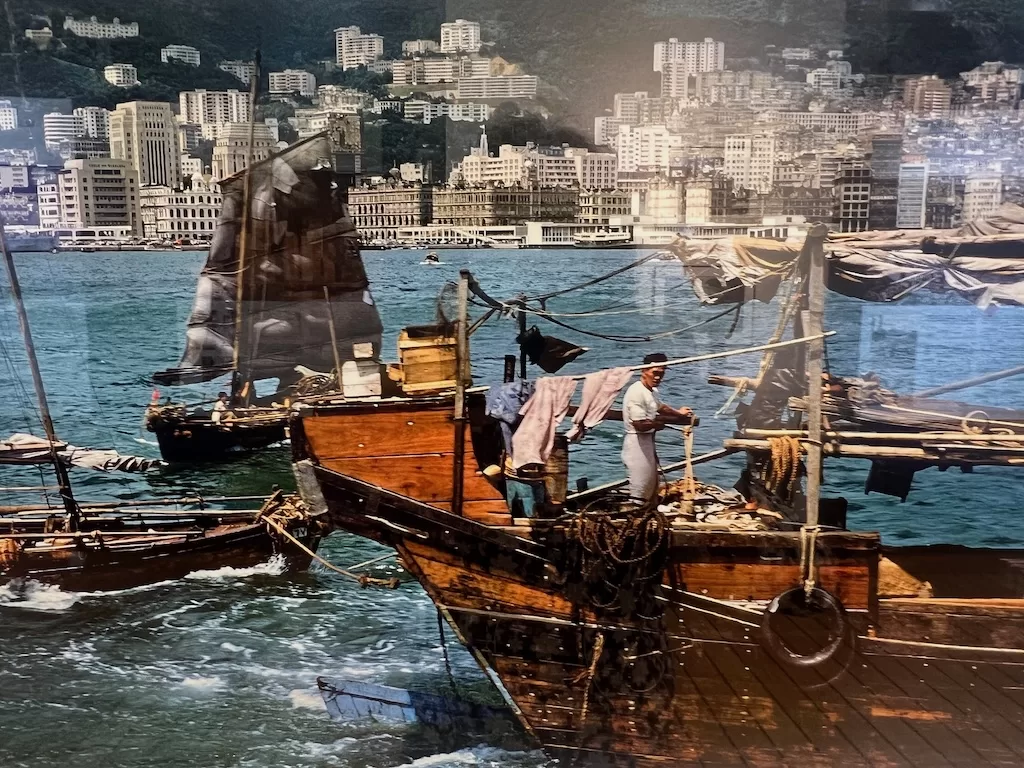
Edward Stokes is another photographer featured in this exhibition. He still lives and works in Hong Kong today. In fact, he himself served as the curator of this exhibition. His photographs show a time of glory in the shipping business.
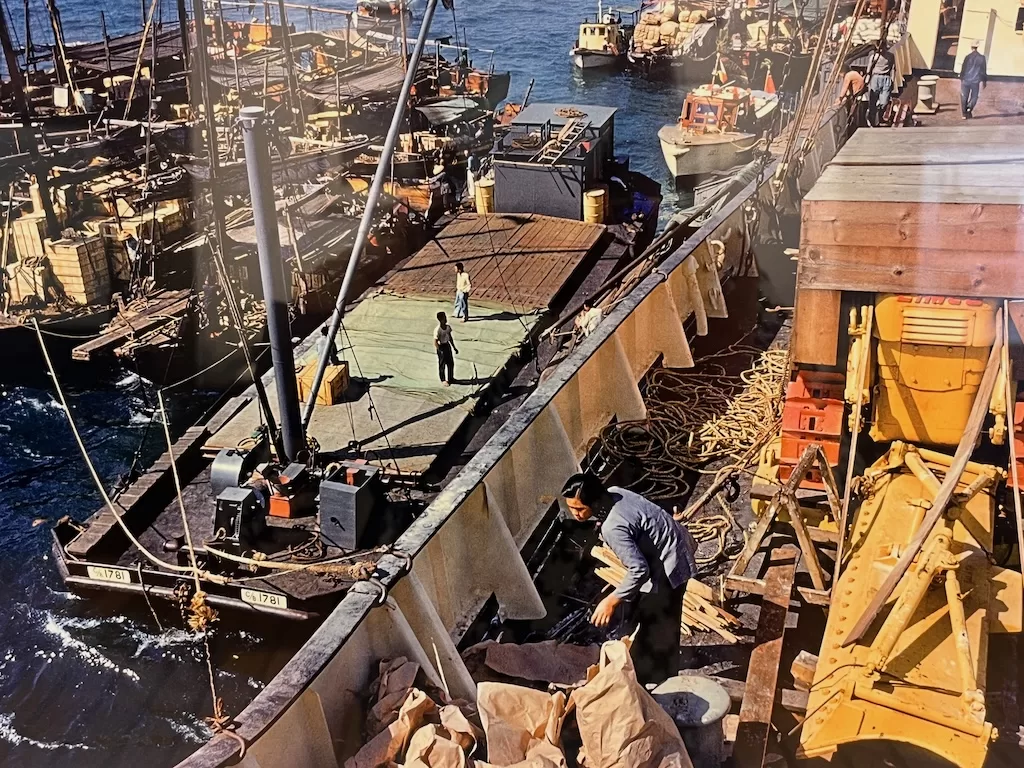
I tend to like photographs that show the human face of the Hong Kong society in older times. As such, I resonated the most with Hedda Morrison’s photography.
Being from an older period of time, Hedda Morrison’s photographs reveal a face of Hong Kong that is beyond my personal memory. Furthermore, they were black and white photos that exhibit a sense of the classic, that is, in addition to the way that she framed her photographs.
I have seen Hedda’s photography previously in an exhibition at the Asia Society. In that exhibition and at this one at the Maritime Museum, I learned about the perspectives of a photographer that took intense interest in her subjects, approaching them in humane, respectful ways. Her humanist philosophy is shown in her photographs in subtle ways. In her portrayals of historic Hong Kong, I saw the beauty of humility that would not be considered a defining character of the city now. Her documentation of Hong Kong life conveys the spirit of perseverance in face of hardships.
The Museum Café at Pier 8
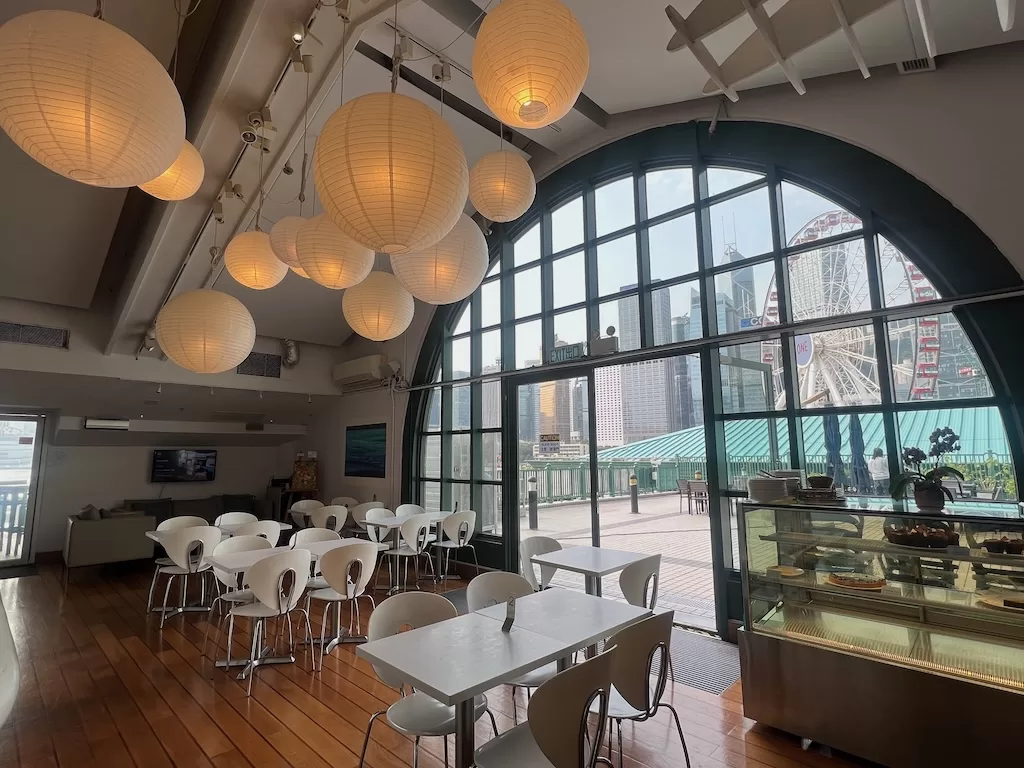
The Museum Café lies just one floor above the Maritime Museum. It serves coffee and light refreshments, and a terrace for outdoor dining. All their food is reheated before serving customers, so you can expect a simple menu that does not require proper kitchen preparation. Their coffee is a standard selection.
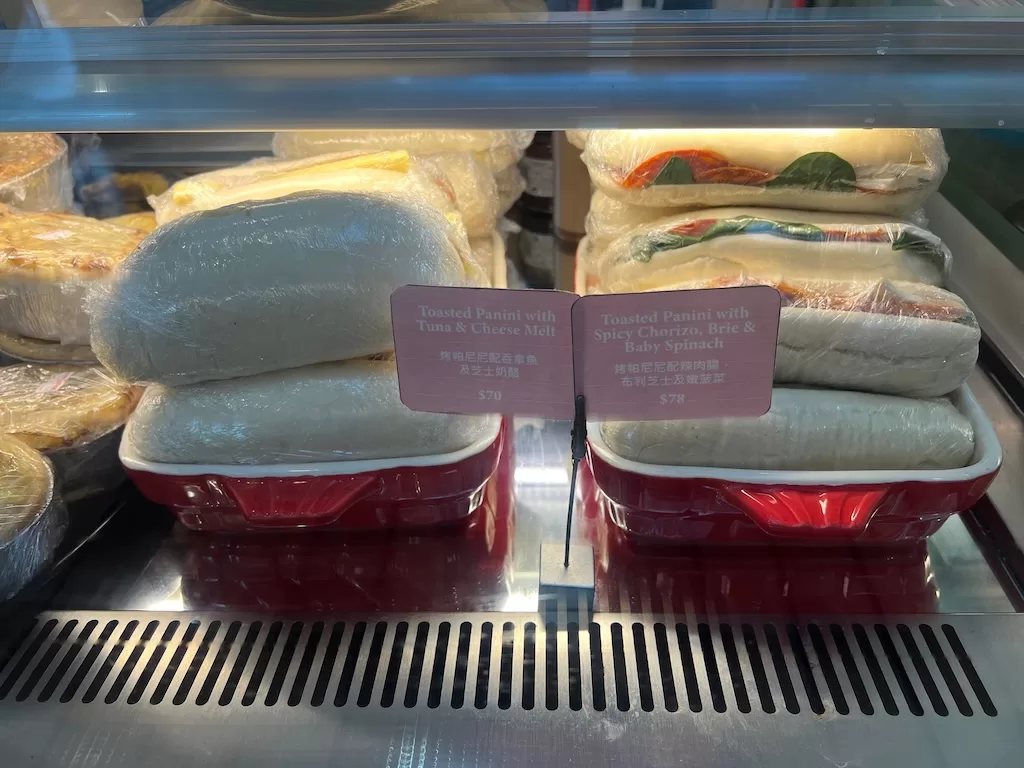
The ambience is excellent at the Museum Café. The terrace was sun soaked in the early morning. It overlooks the Central side of the pier.
Sources
Descriptions on site at the Hong Kong Maritime Museum.
